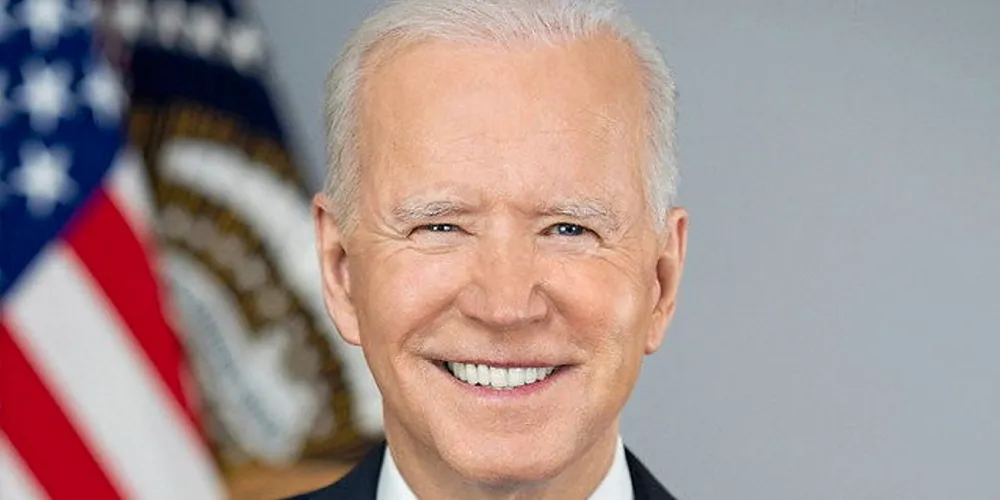Mayflower forges gigascale 'SouthCoast Project' offshore giant from US Atlantic project pair
Merger of Shell-Ocean Winds joint venture's 800MW and 400MW Massachusetts developments aims to leverage contracted 'offshore wind ready' power transmission assets at former coal-fired power plant at Brayton Point

Mayflower, a joint venture (JV) of Shell New Energies and Ocean Winds – a tie up between Engie and EDPR, had originally slated its first project to make landfall at Falmouth on Cape Cod.
The move by Mayflower was sparked by a transmission study from the New England Independent Systems Operator (ISO-NE) that found that the Falmouth location would requires costly and time-consuming upgrades to handle incoming wind power production, which in turn would delay the project from beginning to deliver power onto the grid on schedule.
The former 1.6GW Brayton Point site was targeted for redevelopment by renewable energy grid solutions provider Anbaric as an offshore wind POI due to its high-specification grid interconnectivity infrastructure, making it able to accommodate Mayflower landing its full production of its offshore wind power with little new investment.
The developer filed an application with the Massachusetts Department of Public Utilities to merge its two 20-year power purchase agreements, too, approval of which will clear the way for the JV’s $119.8m investment in ports and infrastructure along the state’s coast, as well as training and education for workers, applied research and marine science, and support for low-income electricity consumers.
Mayflower Wind CEO Michael Brown underlined that the commitments made by his company were “tangible” investments. “Mayflower has binding agreements with more than ten organisations in the region,” he said.
“Mayflower’s economic development commitments will be distributed throughout the Southcoast and beyond to help deliver positive economic change and social justice, foster local workforce and supply chain development, and meet [Massachusetts’] goals for clean, renewable energy.”
“While NEISO and the utility companies resolve the [grid transmission] issues, Mayflower will continue to pursue its landfall and infrastructure in the town of Falmouth so that for future procurements and when the grid is ready, we will be able to deliver our clean power to the people of Massachusetts,” Hubbard said.